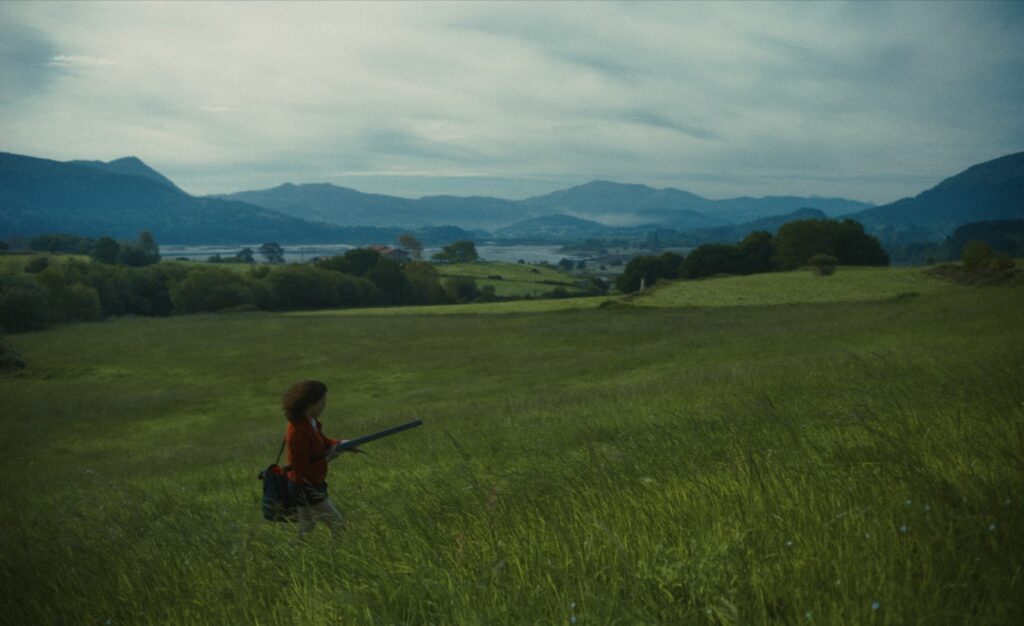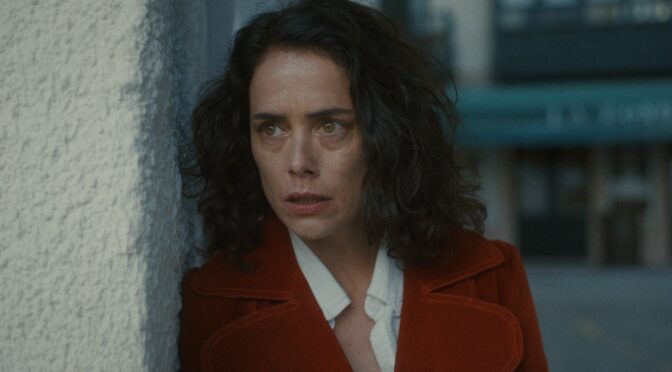Article by Ludovico Franco
Translation by Martina Marino
Čechov coined a now well-known dramaturgical principle: if there’s a shotgun on stage, it must go off. Nina (Patricia L. Arnaiz), whose name directly references The Seagull, always carries that shotgun with her. After thirty years in Madrid, she returns to her hometown, ready to strike. Like a hunter, she waits for the perfect moment to exact revenge on the man who abused her when she was just a young girl, a niña.
Victim and oppressor swap roles and blur their mutual obsessions: the memories of the past become countershots of the present, edited like two films that, initially independent and distinct, ultimately converge because «in his end lies her beginning». Revenge is not a private matter, but a reflection on violence and the boundaries of consent. Nina doesn’t point the shotgun solely at her abuser: in the gunsight there’s entire community, trapped in the gossip and silences that sought to suppress her perspective. Thus, the voyeuristic point of view that opens the film is, above all, the reclamation of a gaze, even if it means pointing the weapon straight at the audience.

As with Samuel Fuller, the rifle barrel can serve as a metaphor for the vision, a means to re-center the gaze on the feminine. Through the cinephilic lens of Almodóvar and Truffaut’s The Bride Wore Black, Jaurrieta evokes Sirk’s melodramas and reimagines Hitchcock, starting with the music and the stalking that alternate between observer and observed. However, today Nina is not a heroine of classical cinema, she cannot forgive and, soaked in blood-red, she seizes the shotgun. But in the end, can that gun not fire?

